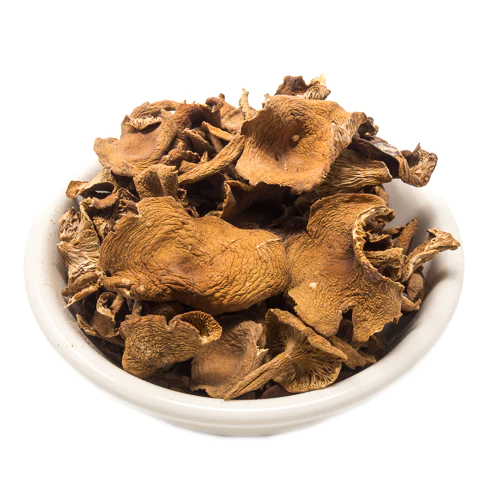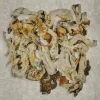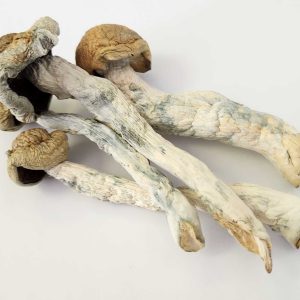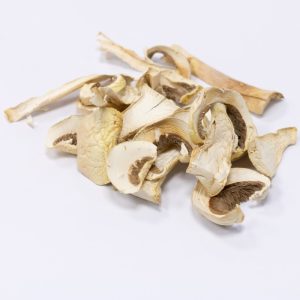Parrot Waxcap Mushroom
$120.00 – $210.00Price range: $120.00 through $210.00
Parrot Waxcap Mushroom
The Parrot Waxcap is a truly remarkable mushroom that stands out from the crowd with its vibrant and varied colors. Its cap and stem come in shades of green, yellow, and blue, giving it a striking appearance. The surface of the cap and stem is shiny and slimy, adding to its unique charm.
However, despite its captivating beauty, the Parrot Waxcap is not meant to be consumed. Like most waxcaps, this mushroom should be left untouched and appreciated for its aesthetic qualities rather than its culinary value. Its sliminess renders it inedible, making it best suited for observation and admiration in its natural habitat.
Known by different names in various languages such as Cap Cwyr y Parot (Welsh), Wilgotniczka Papuzia (Polish), and Zöldes Nedűgomba (Hungarian), the scientific name for this mushroom is Hygrocybe / Gliophorus psittacinus. It has also been referred to as Hygrocybe psittacina or Hygrophorus psittacinus in some cases. The season for spotting these mushrooms usually begins in July and lasts until December. With an average height of 6 centimeters and a cap width of 4-6 centimeters, the Parrot Waxcap is a relatively small mushroom.
When it comes to the habitat of the Parrot Waxcap, you can usually find these mushrooms in grasslands, meadows, and pastures. They prefer areas with moist soil conditions and are commonly found growing among moss or low-growing vegetation. These mushrooms have a symbiotic relationship with certain types of grasses, forming mycorrhizal associations that benefit both parties.
All About The Parrot Waxcap Mushroom
The Parrot Waxcap is a delicate and fragile mushroom. Its cap is convex and smooth, with a slightly wavy edge. The color of the cap can vary from green to yellow or even blue, sometimes with contrasting spots or streaks. The stem is slender and often curved, matching the color of the cap.
One interesting feature of the Parrot Waxcap is its gills. Unlike most mushrooms, which have white or brown gills, this species has brightly colored gills that match the color of its cap. This unique characteristic adds to its overall beauty and makes it easily recognizable in the wild.
As mentioned earlier, the Parrot Waxcap should not be consumed as it is slimy and inedible. However, it plays an important role in its ecosystem as a part of the mycorrhizal network. The hyphae of the mushroom form a symbiotic relationship with the grassroots, aiding in nutrient absorption and water retention.
In addition to its ecological significance, the Parrot Waxcap also holds cultural value. In some regions, it is considered to be a symbol of good luck and prosperity. The vibrant colors and unique appearance of this mushroom have inspired artists and photographers alike.
While it may be tempting to pluck a Parrot Waxcap from its habitat for closer examination, it is important to remember that these mushrooms are best left undisturbed. They play an important role in maintaining biodiversity and their removal can disrupt delicate ecosystems.
| Quantity | 1 Oz, 2 Oz |
|---|
6 reviews for Parrot Waxcap Mushroom
Only logged in customers who have purchased this product may leave a review.
Related products
Magic Mushroom Gummies
Magic Mushroom Gummies
Magic Mushroom Gummies
Magic Mushroom Gummies
Magic Mushroom Gummies
Magic Mushroom Gummies
Magic Mushroom Gummies
Magic Mushroom Gummies











Rocky (verified owner) –
Solid product, delivered the desired effects without any issues.
Sylvan (verified owner) –
Daren (verified owner) –
These mushrooms provided a moderate psychedelic experience, with effects that were noticeable but not overpowering. While they were enjoyable, they didn’t leave a lasting impression compared to other strains.
Shemar (verified owner) –
Effective and potent, but the taste was a bit earthy.
Maryam (verified owner) –
Prepare to have your mind expanded and your perceptions shattered with these mushrooms. A journey of self-discovery and enlightenment awaits.
Eleanora (verified owner) –
These mushrooms were alright, but nothing special. The trip was okay, but I’ve had more intense experiences with different varieties.